8 Best Mountain Bike Helmets Of 2024
Looking for a new lid? Check out my top picks for the best mountain bike helmets. From top-of-the-line options to budget-friendly choices, there’s something for every rider.
If there’s one single most important piece of mountain bike gear, it’s a helmet. You would never even consider riding your bike without wearing your helmet, right? Good.
There are a lot of options out there these days when it comes to choosing the best mountain bike helmet. Truthfully, a lot of it comes down to personal preference and budget, but some helmets definitely stand out for their safety features (perhaps you’ve heard of MIPS?), comfort, ventilation, and even design.
While I can’t say for sure which helmet you should choose, hopefully, this post will give you a better idea of the best options out there so you can stay safe and enjoy your rides without feeling like you’re wearing a bucket on your head.
Best Mountain Bike Helmets at a Glance
| Rating | Helmet | Best for | Price | Jump to review |
| ⭐️⭐️⭐️⭐️⭐️ | Giro Manifest | TWW favorite | $260 | Read more |
| ⭐️⭐️⭐️⭐️ | Fox Speedframe | Rider favorite | $190 | Read more |
| ⭐️⭐️⭐️⭐️ | Smith Forefront | Best ventilation | $250 | Read more |
| ⭐️⭐️⭐️⭐️ | Fox Dropframe | Most protective | $225 | Read more |
| ⭐️⭐️⭐️ | Smith Convoy | Budget-friendly | $85 | Read more |
| ⭐️⭐️⭐️⭐️ | POC Kortal Race | Best for racers | $270 | Read more |
| ⭐️⭐️⭐️⭐️⭐️ | Smith Mainline | Best full face | $310 | Read more |
| ⭐️⭐️⭐️ | Bell Super DH | Best breakaway | $350 | Read more |
| BONUS | Troy Lee Designs | Customize your lid! | Varies | Read more |
Not sure what to look for in a helmet? Check out my tips on how to choose a mountain bike helmet so you can get the ride one for your rides.
1. Giro Manifest
Two Wheeled Wanderer Pick
$260
The Giro Manifest is my favorite mountain bike helmet that I’ve tested. It has a lot of great safety features, a sleek design, large vents for ventilation, and a comfortable fit.
Reasons to buy:
Reasons to not:
Want to dive deeper? Read my full Giro Manifest helmet review.
Safety/Protection
Designed With MIPS Spherical Technology, progressive layering (different layers of foam to absorb impact), and a reinforcing arch to strengthen integrity, the Giro Manifest definitely checks the box when it comes to safety.
Watch the MIPS Spherical Technology in action!
Comfort & Fit
I’m not just saying this, but the Giro Manifest is one of the most comfortable mountain bike helmets I’ve worn. The padding is well-placed and provides good cushion and the fit dial at the back allows me to get a nice snug (but not too tight) fit.
I also like that the helmet falls just at my brow level. I’ve tried other helmets (like POC….) that fall too low and others that leave a gap between my sunglasses.
Ventilation
Five stars again! The Giro Manifest has 19 large vents that feed into internal channeling to keep your head nice and cool. Giro calls this system the Wind Tunnel, which gives you an idea of how it performs.
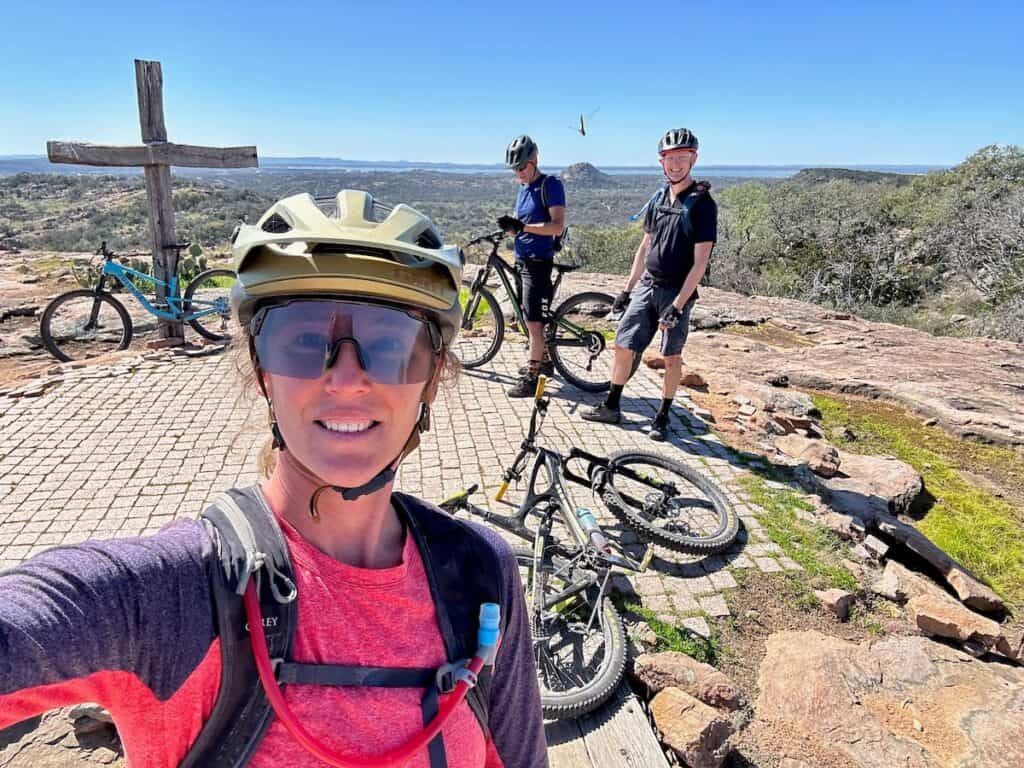
Features
The Giro Manifest is designed with a lot of great features including:
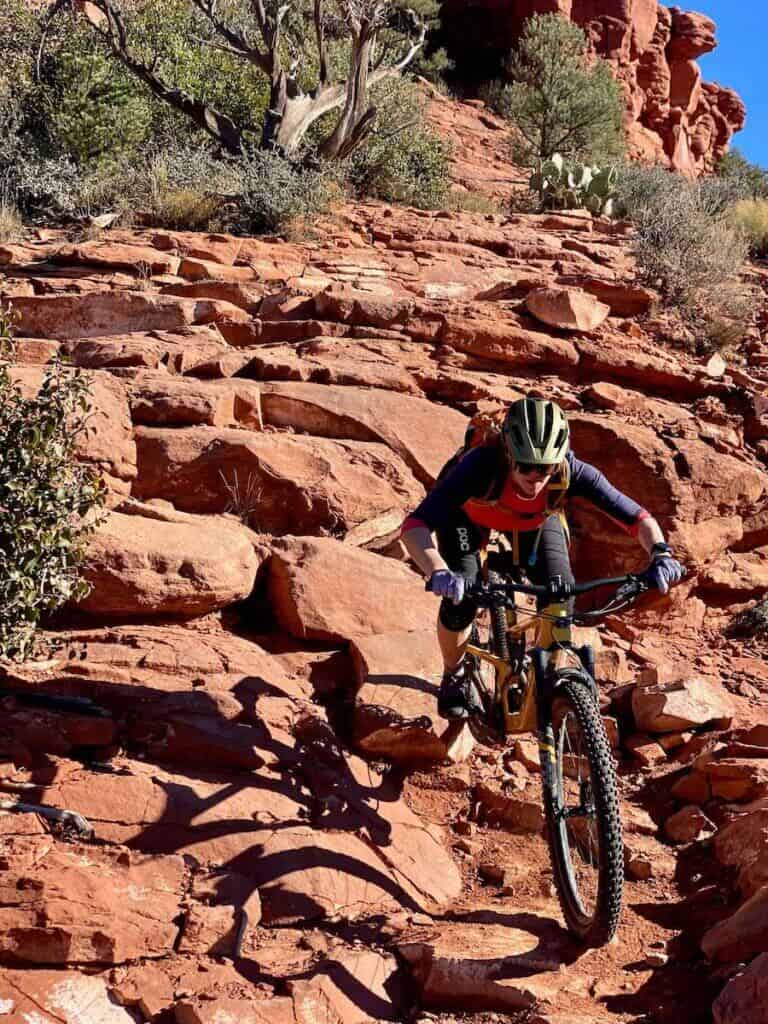

Weight
This is the only category where I think the Giro Manifest doesn’t excel compared to other half lids. At 12 oz, it’s still pretty darn light, but not the lightest helmet out there.
For me, an extra ounce or two is definitely not a deal breaker when compared to all the other great features and components.
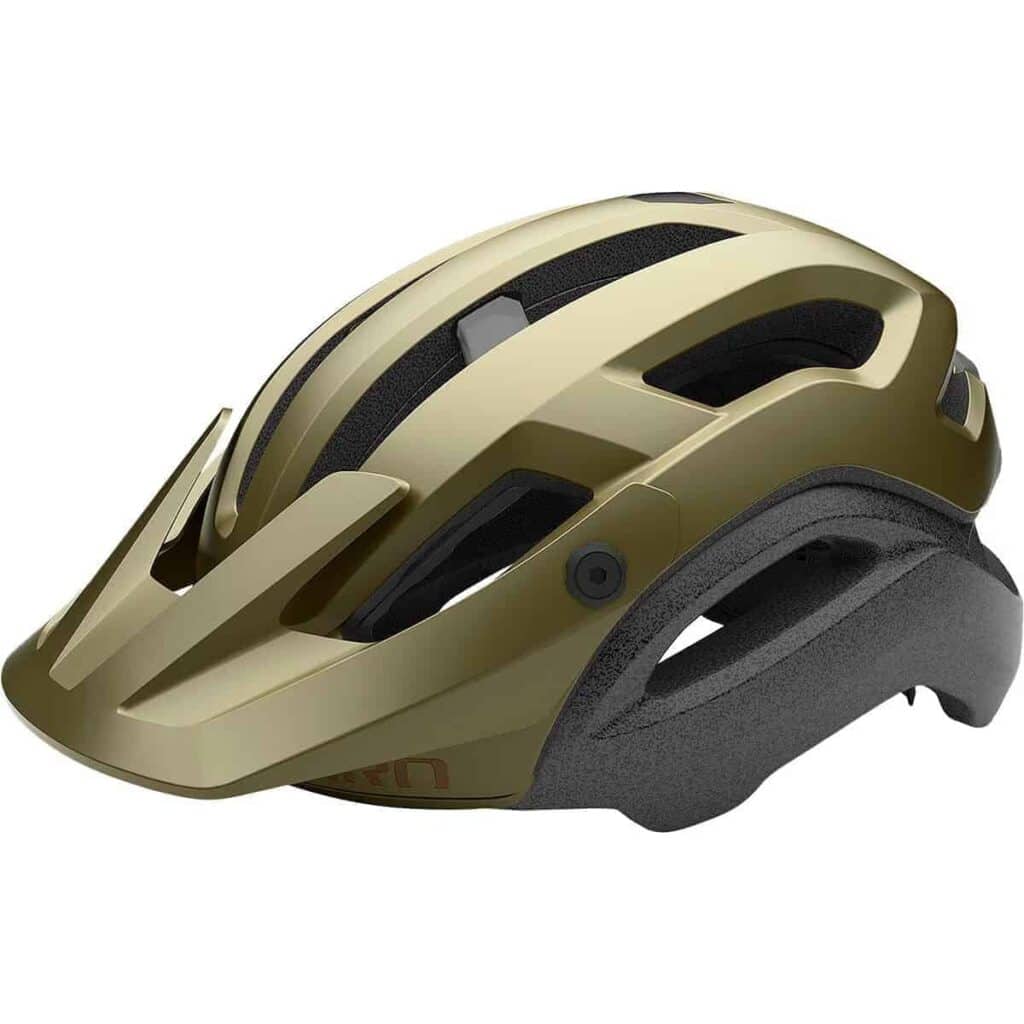
Where to buy the Giro Manifest
2. Fox Speedrame Pro
Rider Favorite
$190
The Fox Speedframe is a popular mountain bike helmet among riders. It’s lightweight, well-ventilated, and has all the safety features you’d expect.
Reasons to buy:
Reasons to not:
Safety/Protection
As would be expected for a brand that has its own mountain bike racing team, the Fox Speedframe, doesn’t skirt around safety features. It’s designed with MIPS technology and provides good all-around protection, especially at the back of the head where some helmets fall short.
Comfort & Fit
The Fox Speedframe comes with great padding. In fact, this liner is a bit more substantial and plush than other helmet linings I’ve seen. It also has a boa dial at the back to get a snug fit.
The reason I only gave the Speedframe 3 out of 5 stars for this category is that when I tried it (my normal size small), the fit was weird for me – it fell too far down my forehead. I recommend trying one on before buying.
Ventilation
My friend and bada$$ rider Joanna wears the Fox Speedframe and loves how lightweight and well-ventilated it is.
One of the unique features of this helmet are the large vents across the forehead that promote good airflow throughout.

Features
The Fox Speedframe has all the bells and whistles you’d expect from a trusted brand:
Weight
At 12.7 oz, the Fox Speedframe is pretty average when it comes to weight. It’s not a bucket, but it’s not featherlight, either.
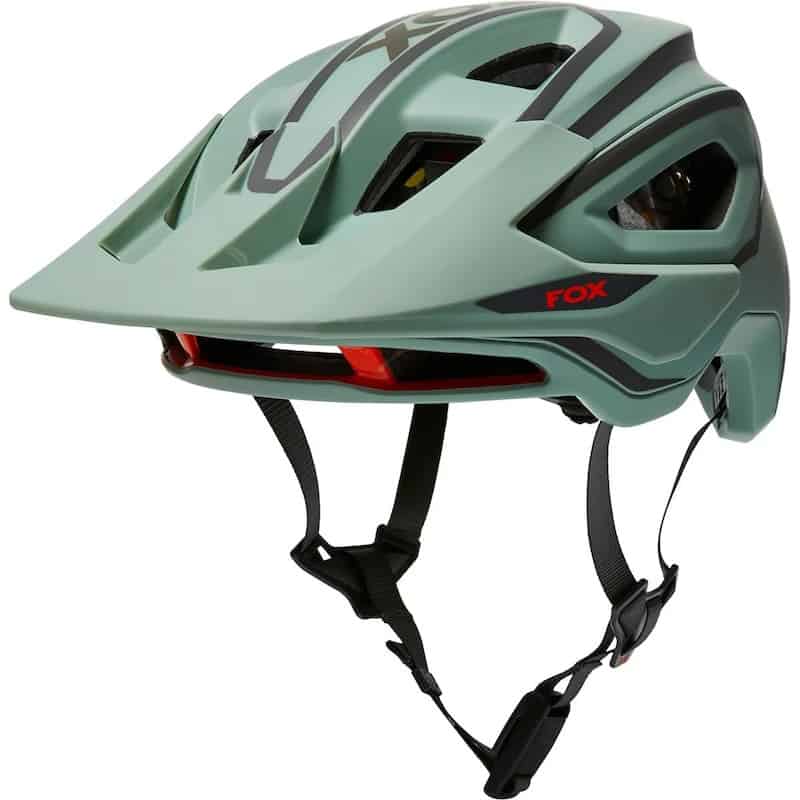
Where to buy the Fox Speedframe
3. Smith Forefront
Best Ventilation
$250
The Smith Forefront is a well-ventilated helmet that is great for choice for hot climates or heavy sweaters.
Reasons to buy:
Reasons to not:
Safety/Protection
In addition to utilizing MIPS Technology, the Smith Forefront has another safety trick up its sleeve: KOROYD. This honeycomb-looking structure and material provides extra strength and integrity to the helmet and works to dissipate forces/energy in the event of a crash.
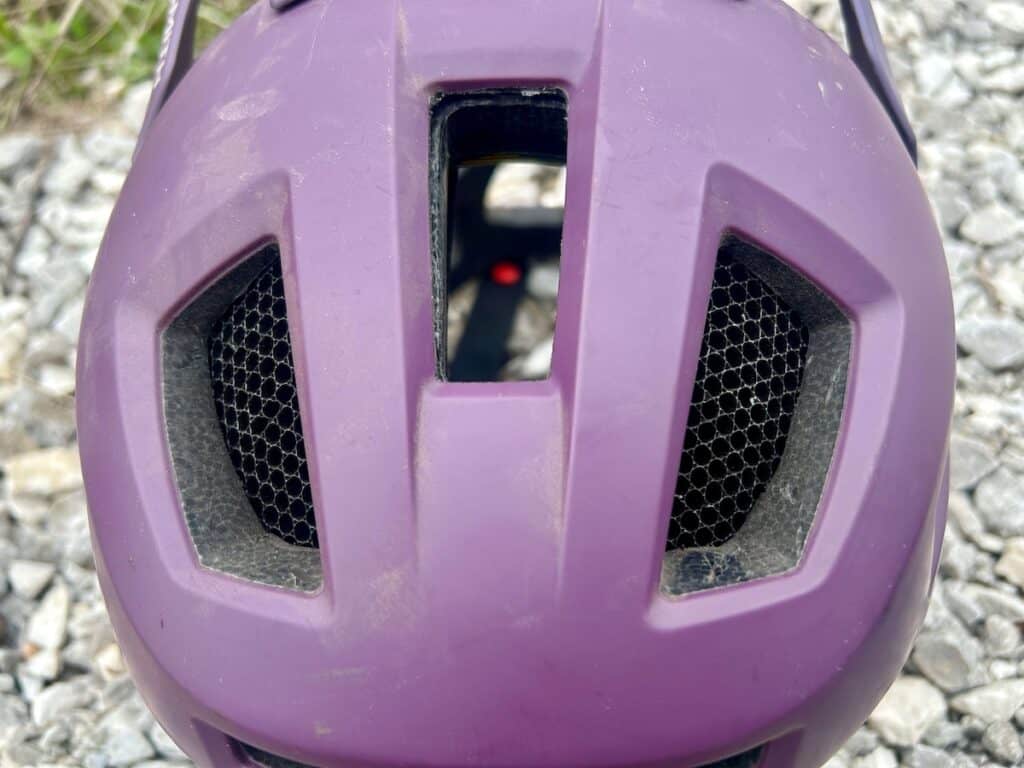
Comfort & Fit
Where the Smith Forefront really falls flat for me is comfort. True, it has a fit dial at the back and the padding is decent, but for some reason, the designer (who was probably a man…) left the MIPS liner exposed. When I tried this helmet on, my hair got caught in the liner and I had to carefully extract it.
For men who have short hair, this won’t be an issue, but for women it most definitely is.
As for fit, it does have a boa dial at the back so you can get a good fit. However, it does not have the magnetic buckle that most mountain bike helmets have adopted and I’ve really come to prefer. Instead, it has a standard buckle on the chin strap.
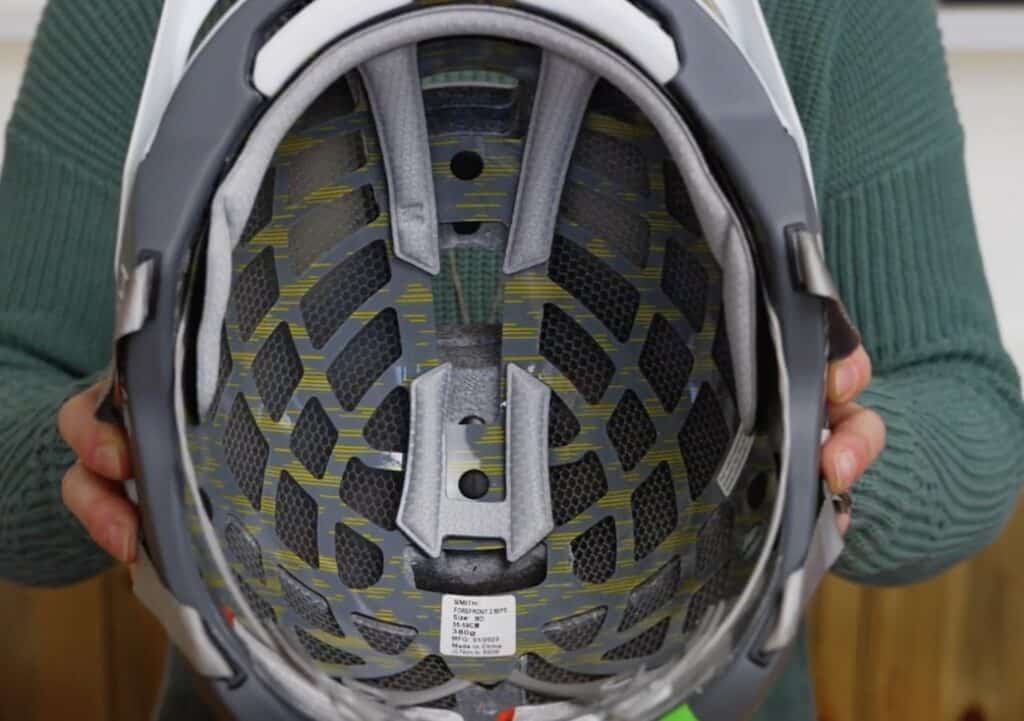
Ventilation
As I’ve alluded to above, the Smith Forefront is one of the best helmets out there for ventilation. Not only does it have 20 large vents, but it also features the honeycomb-like KOROYD structure that optimizes airflow.
Features
In addition to the KOROYD Technology, here are a few other features of the Smith Forefront:
Weight
Smith claims that the KOROYD material and technology lend to a lightweight helmet, but the Smith Forefront is a few ounces heavier than most half lids on this list.
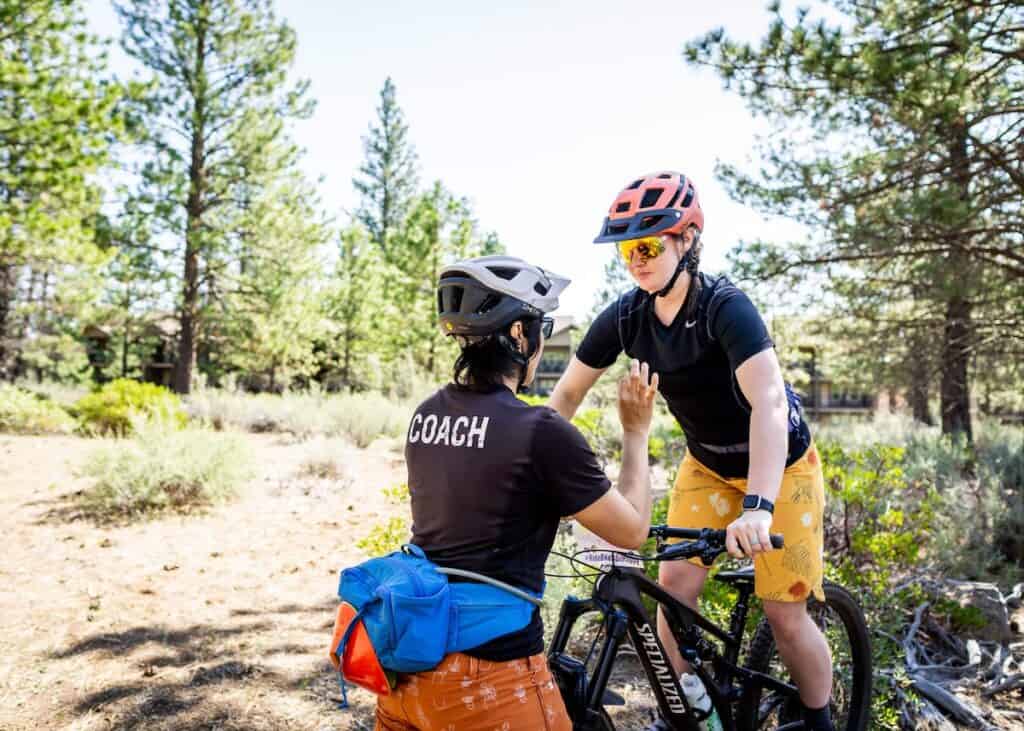
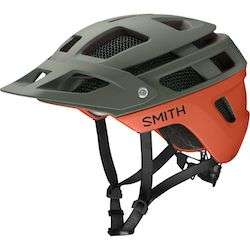
Where to buy the Smith Forefront
4. Fox Dropframe
Most protective Half lid
$225
If you’re looking for maximum protection without going for a full face, the Fox Dropframe is your answer with its over-the-ear protection.
Reasons to buy:
Reasons to not:
Safety/Protection
Just looking at a picture of this helmet, you can probably tell that it has great protection. The shell extends much farther down the side of the head than other mountain bike helmets to give superior protection.
The Fox Dropframe also utilized MIPS technology and it has a dual-density foam liner to absorb impact.
Comfort & Fit
Because of its 3/4 design, the Fox Dropframe isn’t going to be as comfortable and lightweight as a more standard helmet. But, if you’re a hard charger, that might be a sacrifice you’re willing to pay in exchange for the added protection.
The Fox Dropframe also does not have a fit dial at the back, so you can’t snug it up, but it does come with a thick and thin set of pads.
Riders have also mentioned that it runs small.
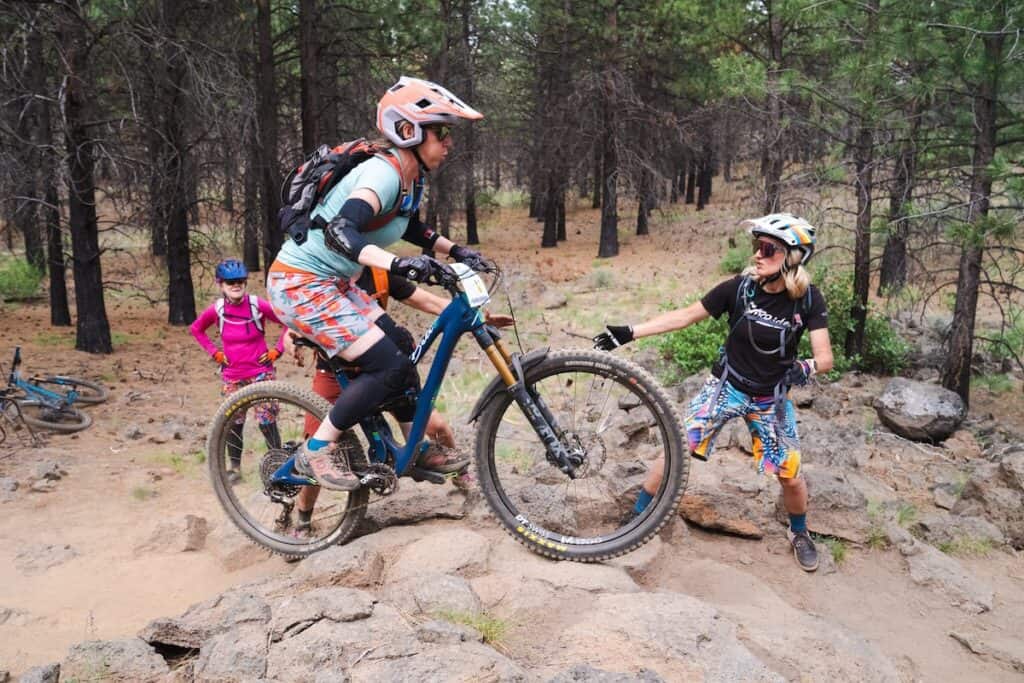
Ventilation
Again, ventilation isn’t going to be as good with the Fox Dropframe as other helmets due to its design. But there are a number of large vents to keep air moving through.
Features
Here are a few additional features of the Fox Dropframe:
Weight
At just over 1 lb, this is the heaviest ‘normal’ helmet on this list. Again, you’ll have to decide if you want to sacrifice some things like weight and ventilation for the added protection.
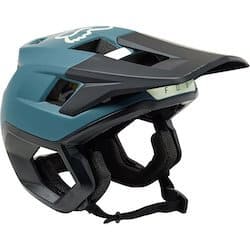
Where to buy the Fox Dropframe
5. Smith Convoy
Great Budget Option
$85
If you don’t want to shell out hundreds of dollars for a helmet, the Smith Convoy MIPS is a great option.
Reasons to buy:
Reasons to not:
Safety/Protection
The Smith Convoy is good when it comes to safety and protection. It’s not great, but it’s good. It does have an integrated MIPS liner (which any mountain bike helmet you buy should have), but that’s about it. It doesn’t feature Smith’s proprietary KOROYD technology nor does it have any other bells and whistles.
But if you’re looking for an affordable helmet that will keep your noggin protective, this is a good choice.
Comfort & Fit
I personally haven’t tried the Smith Convoy, but Smith is a big sponsor of Ladies AllRide, who I coach for, and many of the women in our camps wear this helmet.
It has decent padding, a fit dial at the back, and it comes in a range of sizes from XS to XL, which is nice to see.
Ventilation
The Smith Convoy has 20 large vents to promote airflow and ventilation. That being said, it doesn’t have some of the fancy technology like wind tunnel channels to help move air through more efficiently.
Features
I am a believer that what you pay for is what you get. For the Smith Convoy, you get the basics.
Weight
The Smith Convoy is actually one of the lightest helmets that made it onto this list at just 11 oz. Part of me thinks that the extra ounce or two that is shaved off, though, is because it doesn’t have all the safety and bonus features of the other lids.
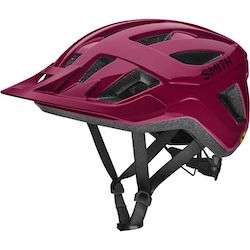
Where to buy the Smith Convoy
6. POC Kortal Race
Best for Racers
$270
For racers, people who like to go fast, or riders who have a medical condition, the POC Kortal Race helmet is top of the line.
Reasons to buy:
Reasons to not:
Safety/Protection
I give the POC Kortal Race helmet SIX stars for safety because it goes above and beyond other helmets out there.
Yes, it has MIPS technology, but it also features an integrated NFC Medical ID chip where you can store your medical info and it has a RECCO Reflector, which helps search and rescue teams find you faster.
If you’re a racer, you do remote rides, or you have a medical condition, the POC Kortal Race helmet could be life-saving in more than just protection.
Comfort & Fit
Unfortunately, I have to give the POC Kortal 4/5 stars because for me, the fit is just weird. I LOVE the look and design of POC helmets, but they fall too far down my forehead. If they fit better, POC would be my helmet brand of choice (they’re my baggy shorts of choice!)
The POC Kortal does have all the comfort/fit features you’d expect like a boa fit dial at the back and a nice padded liner.
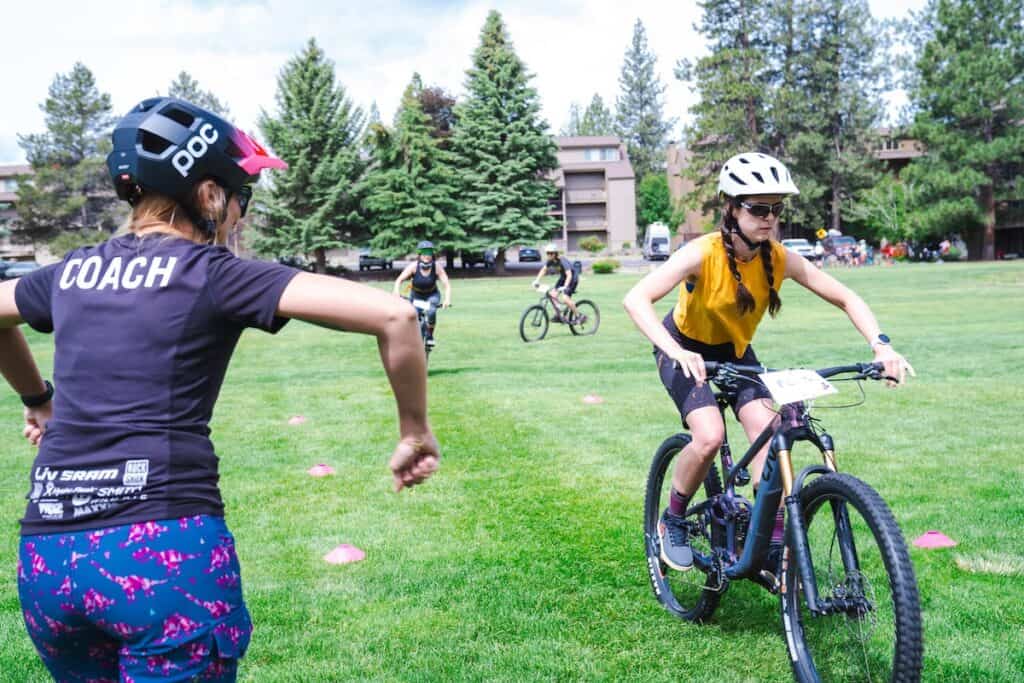
Ventilation
The POC Kortal is ok at ventilation. Since this helmet was designed for safety and protection, the vents are quite as large or numerous as other helmets, but they still provide good airflow.
POC has also designed it so that no ventilation holes are covered up if you choose to pair the Kortal with goggles.
Features
POC doesn’t cut corners when it comes to features. Personally, I think they make some of the best-looking and best-designed helmets out there. Here are a few more features of the POC Kortal:
Weight
The POC Kortal Race helmet is a bit heavier than other options at almost 14 oz. But, the extra weight is worth it if enhanced safety and protection are your #1 priorities.
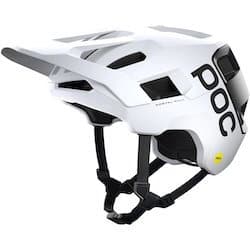
Where to buy the POC Kortal Race
7. Smith Mainline
Best Full Face helmet
$310
For the bike park rats and gravity-enthusiasts, the Smith Mainline is the best full face mountain bike helmet out there.
Reasons to buy:
Reasons to not:
Safety/Protection
Read any review around the internet (including mine!) and you’ll see that the Smith Mainline is one of the most trusted full face mountain bike helmets out there.
It’s designed with MIPS Technology as well as Smith’s KOROYD construction that enhances integrity and safety. If you plan on racing, the Mainline has also passed the ASTM downhill certification test and it’s also rated for e-biking.
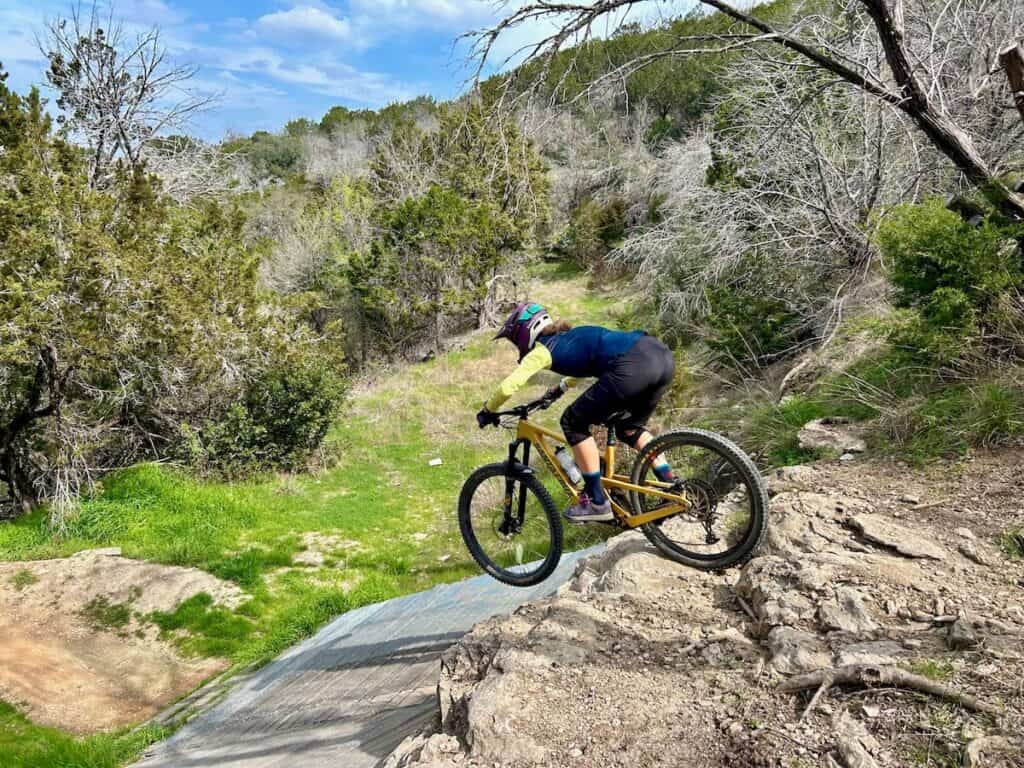
Comfort & Fit
Check and check! For a full face helmet, the Smith Mainline is pretty darn comfortable. I have no problem wearing it lap after lap at the bike park. Of course, I wouldn’t want to pedal too far in it, but what full face would you want to do that in anyway?
The Mainline comes with several extra sets of different-sized neck and cheek pads to make sure you get a snug fit. This is because it doesn’t have a fit dial at the back, for safety reasons I’m guessing.
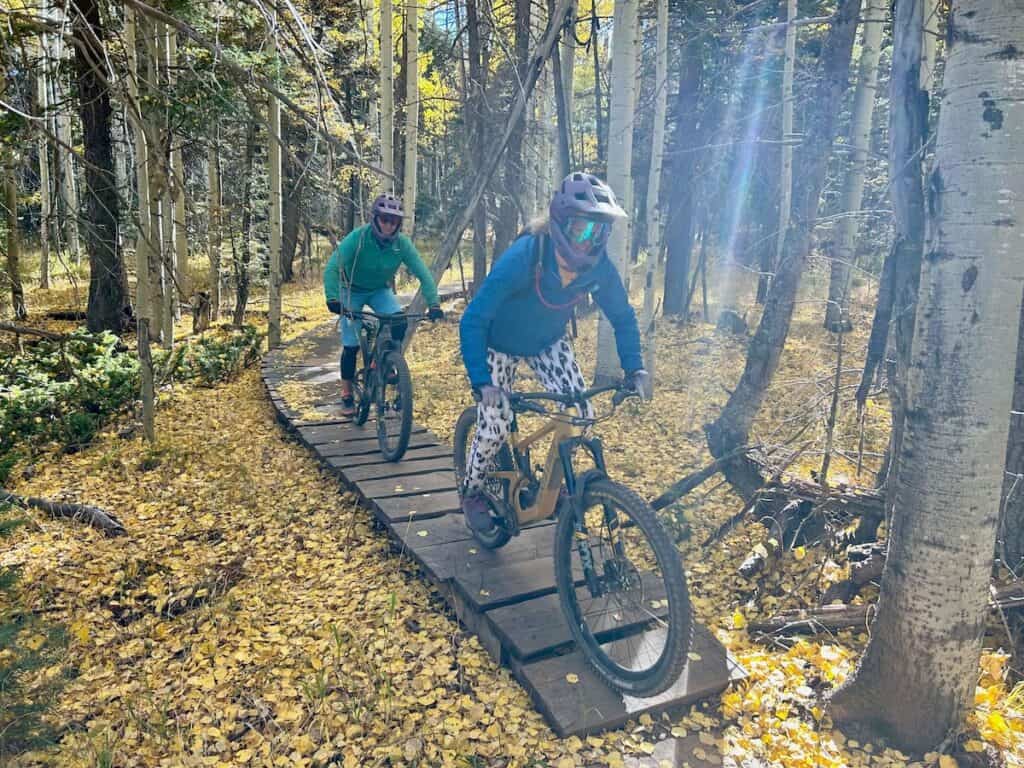
Ventilation
For a full face, the ventilation is pretty darn good. The Smith Mainline uses the honeycomb-like KOROYD structure, which helps optimize airflow. It also has 21 vents strategically placed throughout and I’ve never felt like I was trapped in a sweatbox.
Features
The Smith Mainline is just the right amount of simple and design-focused. It doesn’t have a ton of bells and whistles, but here are a few notable features:
Weight
For a full face, the Smith Mainline is pretty middle-of-the-road when it comes to weight. It clocks in at 1 lb 15.6 oz. Not exactly light, but not too heavy either. The construction feels solid and I’d rather have a solid helmet when bombing down a black diamond trail than a helmet that is lightweight and ‘thin’ – wouldn’t you, too?
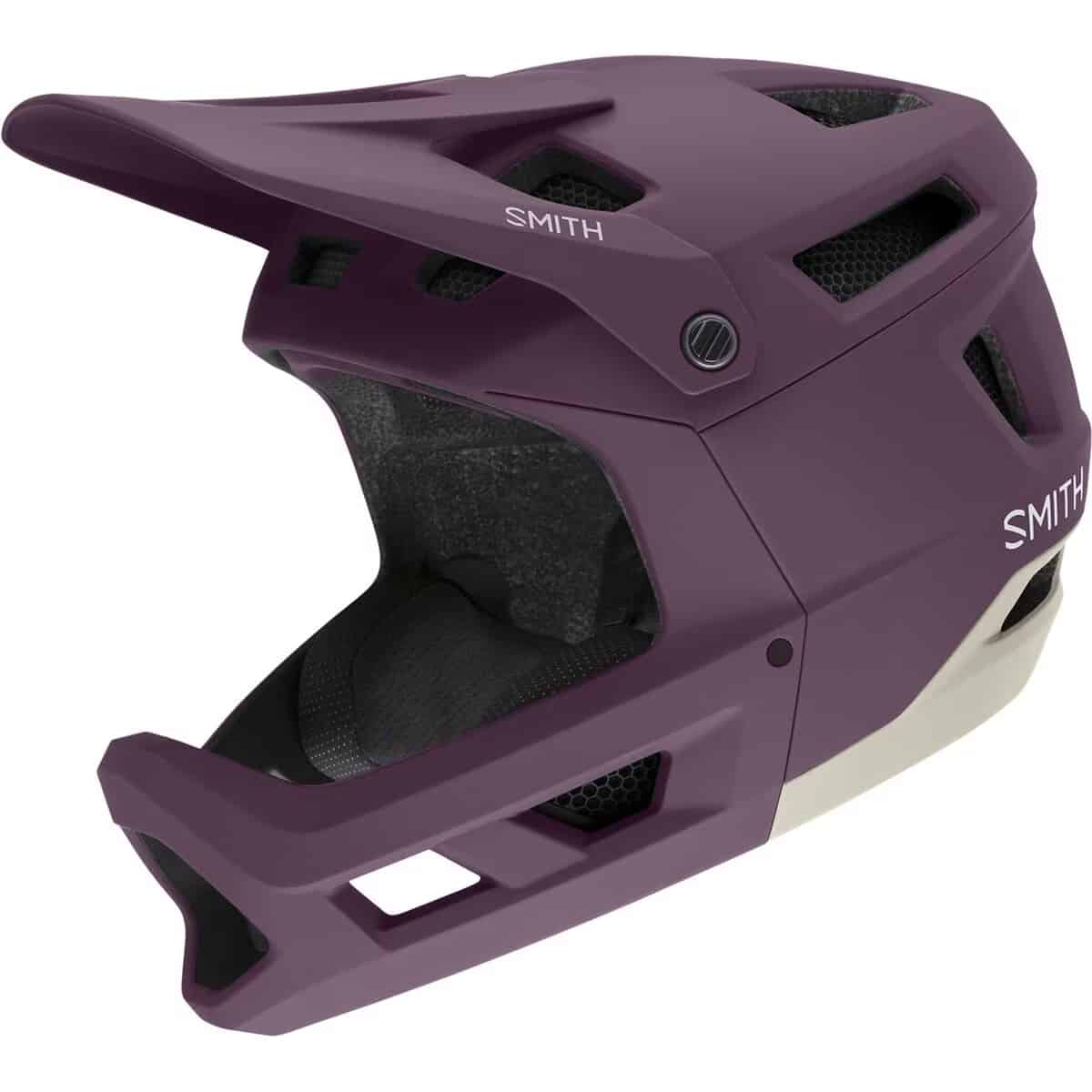
Where to buy the Smith Mainline
8. Bell Super DH
Best Breakaway helmet
$350
Looking for two helmets in one? The Bell Super DH is a breakaway helmet with a removable chin guard so you can take it from the bike park to your local trails.
Reasons to buy:
Reasons to not:
What to dive deeper? Read my full Bell Super DH helmet review.
Safety/Protection
I’d say that the Bell Super DH is a bit below average when it comes to safety and protection, mainly when using as a full face. It is designed with MIPS technology and it has a solid construction, but because it tries to be both a half lid and a full face, there are going to be some concessions.
First, I’ve noticed is that most true full face helmets don’t have a boa fit dial at the back. I’m assuming that this is because of safety (theoretically the dial could get knocked during a crash and result in the helmet coming loose). The Super Bell DH does have a fit dial, which leads me to think that it’s not quite as safe as a true downhill helmet.
Another feature that differs from true downhill full faces is that the Bell Super DH has a magnetic chin strap. Again, during a bad crash, this magnetic buckle could come loose.
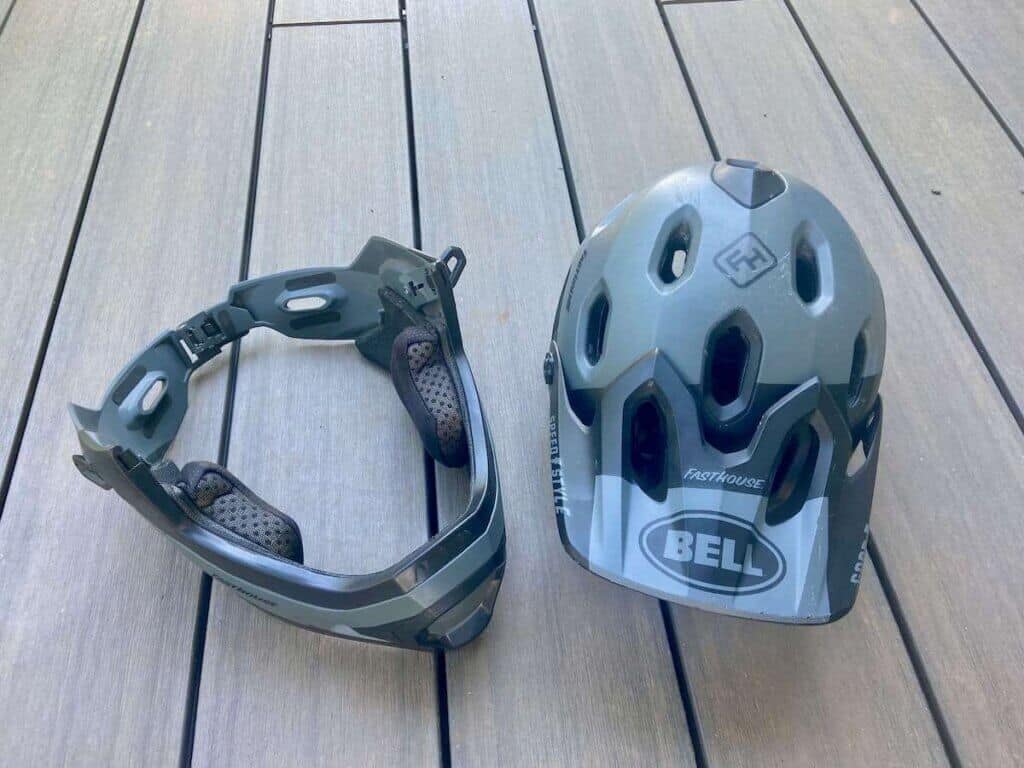
Comfort & Fit
After using the Super Bell DH helmet for a number of years, I will say that it is pretty comfortable – both as a full face and as a half lid. It comes with a good padded liner and the dial at the back allows you to get a good fit.
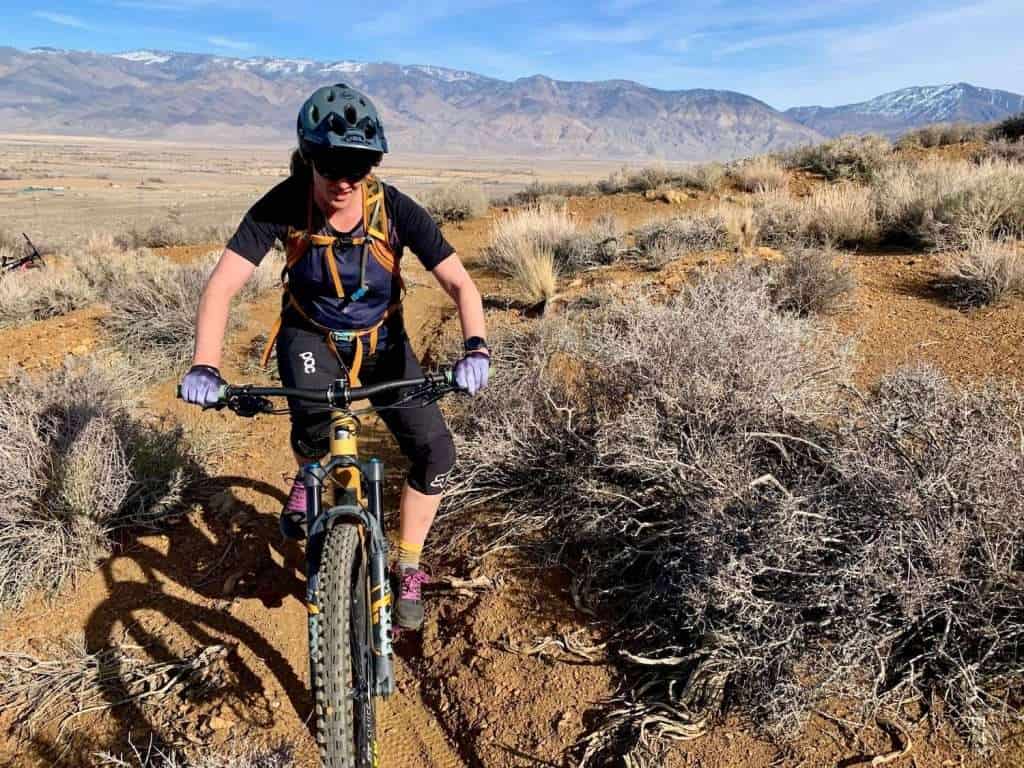
Ventilation
For a full face, it’s good, for a half lid not so much… This is one of the main reasons I opted to go with a dedicated ‘normal’ helmet and a dedicated full face helmet.
The Bell Super DH does have 19 vents around the upper helmet and more on the chin bar, but compared to other mountain bike helmets, they’re pretty small and not as good at optimizing air flow (IMO).
It also looks like they’ve added an ‘Overbrow Ventilation’ to improve cooling.
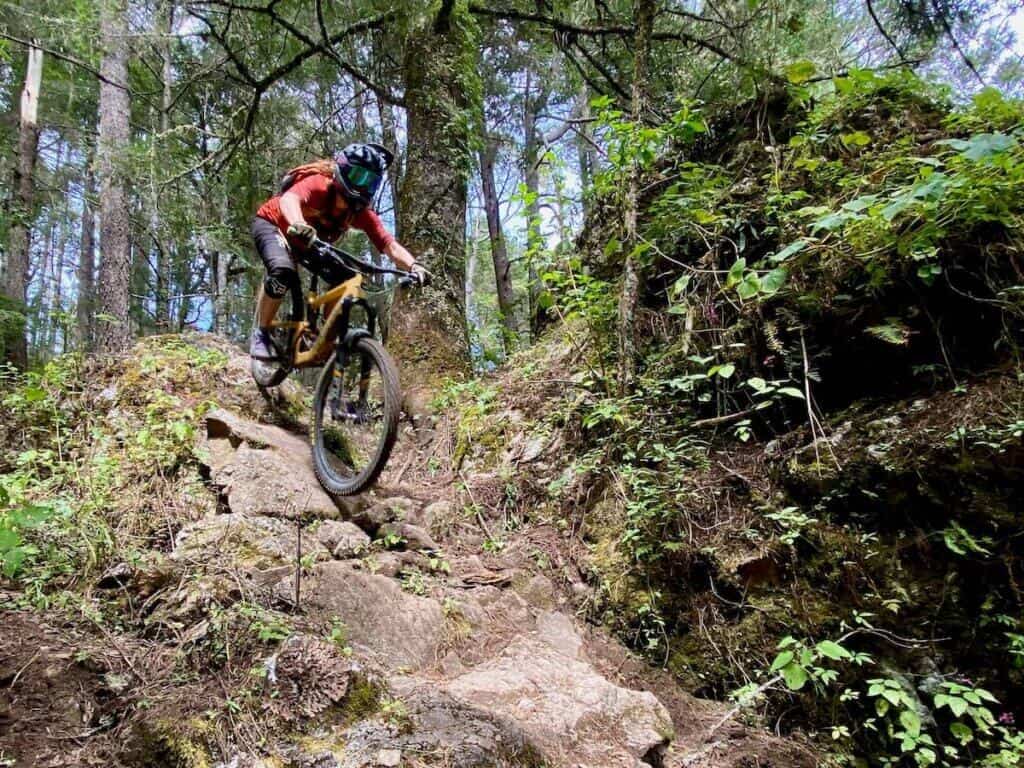
Features
The biggest feature of the Super Bell DH is its removable chin guard, but here are a few other features worth noting:
Weight
As a full face, the Super Bell DH weighs 1 lb 14 oz, which is pretty on par for a full face helmet. But as a normal lid, it weighs about 16.5 oz, which is definitely heavier than more ‘normal’ helmets.
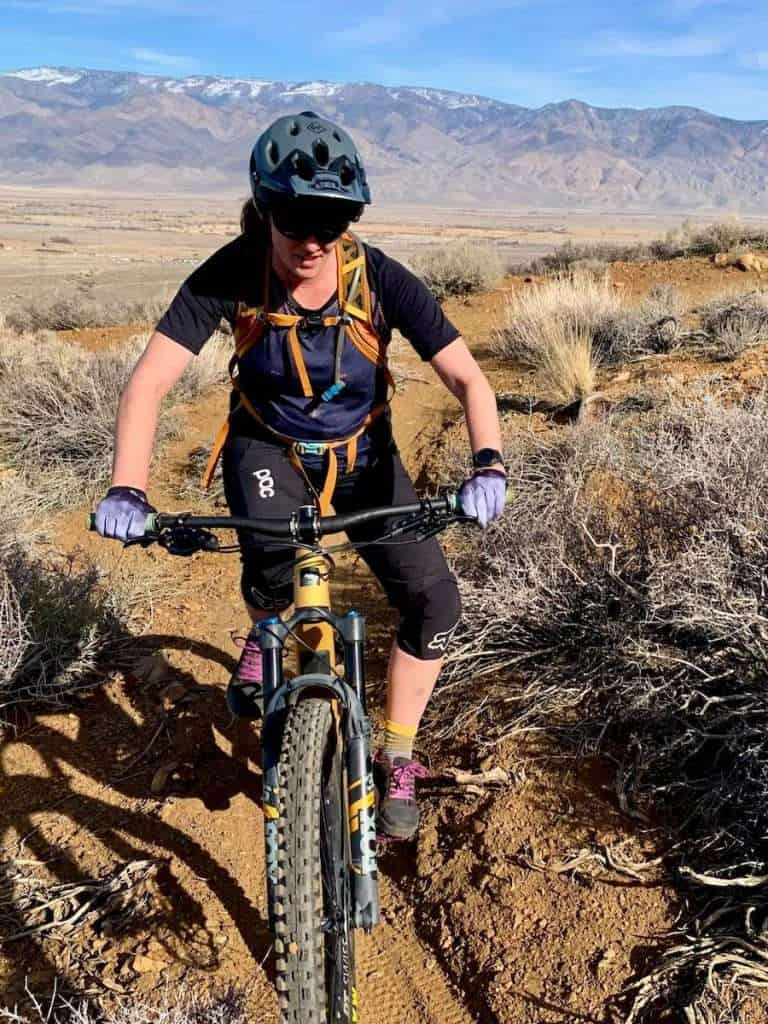
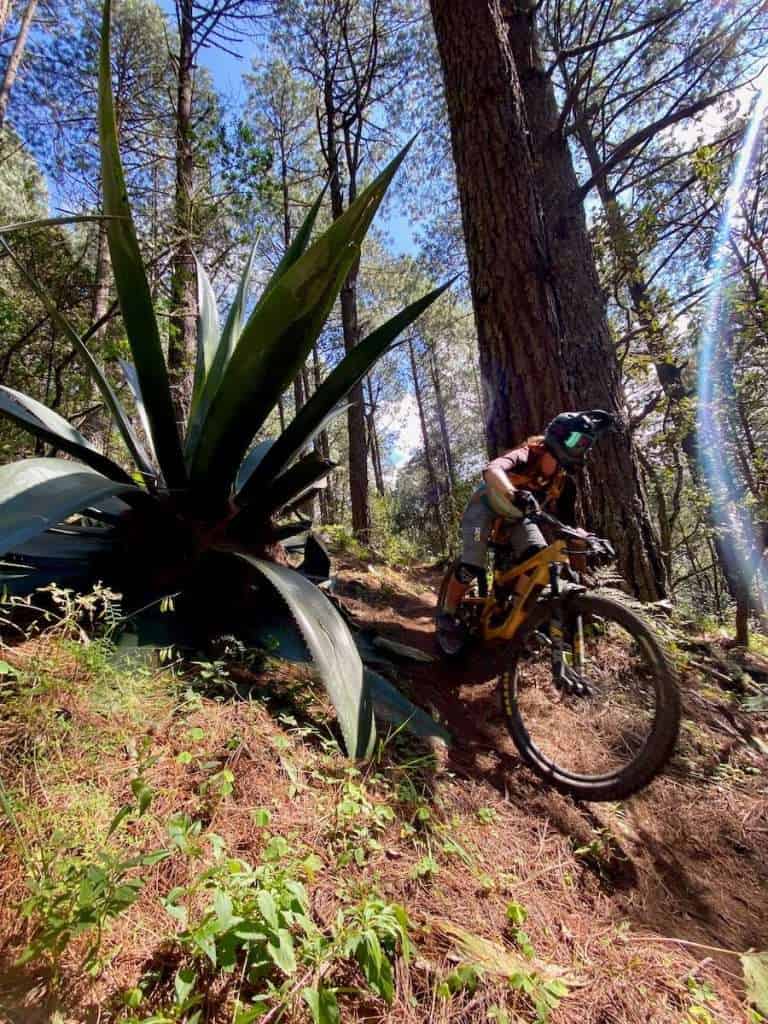
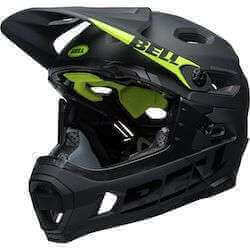
Where to buy the Super Bell DH
BONUS: Troy Lee Designs
Add your name to your helmet!
$ Varies
While I personally don’t love the look of Troy Lee Designs helmets, I do think it’s pretty cool that you can add your name or custom lettering to any of their lids. The A3 is their best-selling half lid and the Stage is their top full face.
Final thoughts
There are a lot of different mountain bike helmets on the market these days and the best one will really depend on you and what you’re looking for. Take some time to think about what kind of riding you’re going to be doing the most, what features you need, what style you’re drawn to, and what your budget is.
There’s no one right answer when it comes to the best mountain bike helmet and there’s no one size fits all. Good luck with your search!
Read next
Ready to upgrade your gear? Check out these related gear posts:
What is the best mountain bike helmet you’ve owned? Why do you love it? Give us some tips and insights in the comments below!

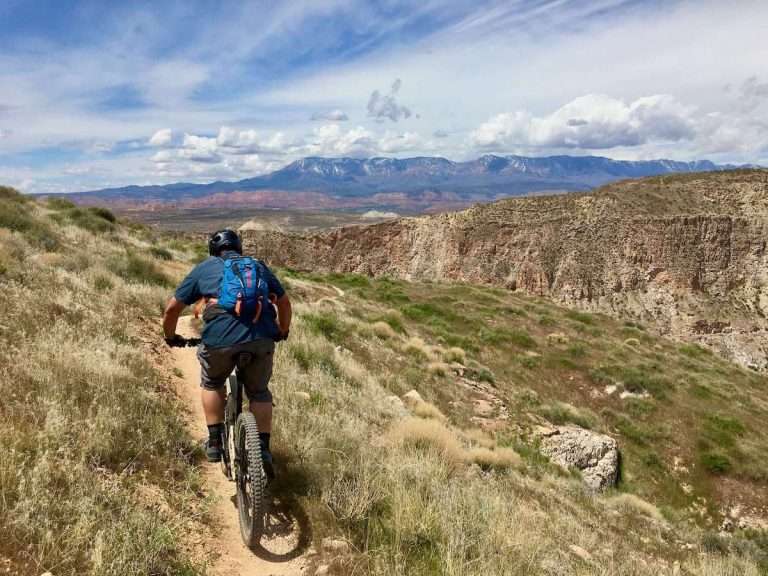
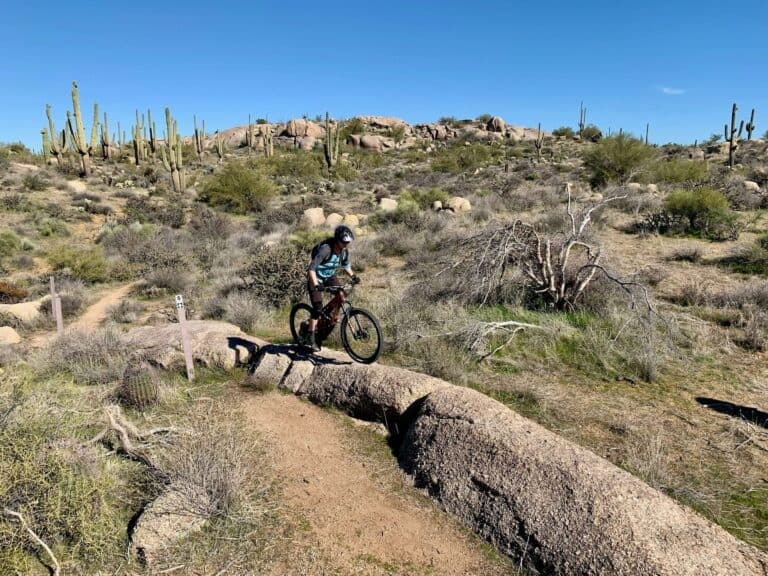
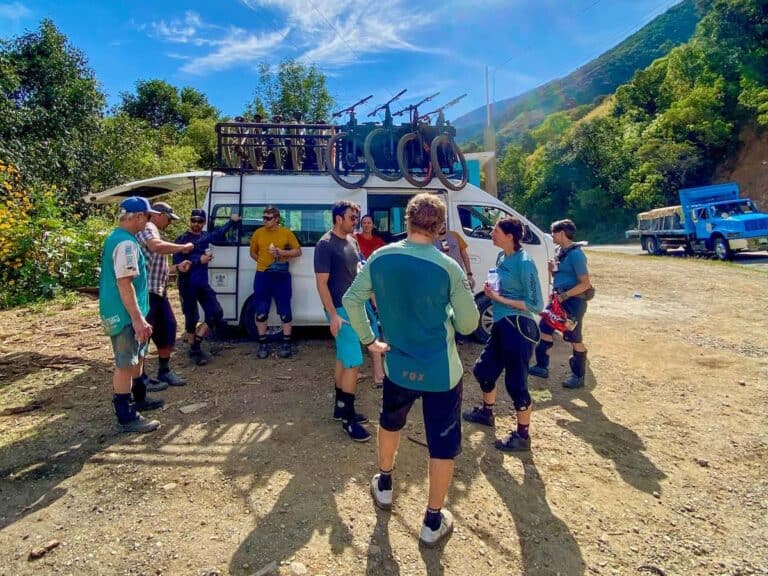
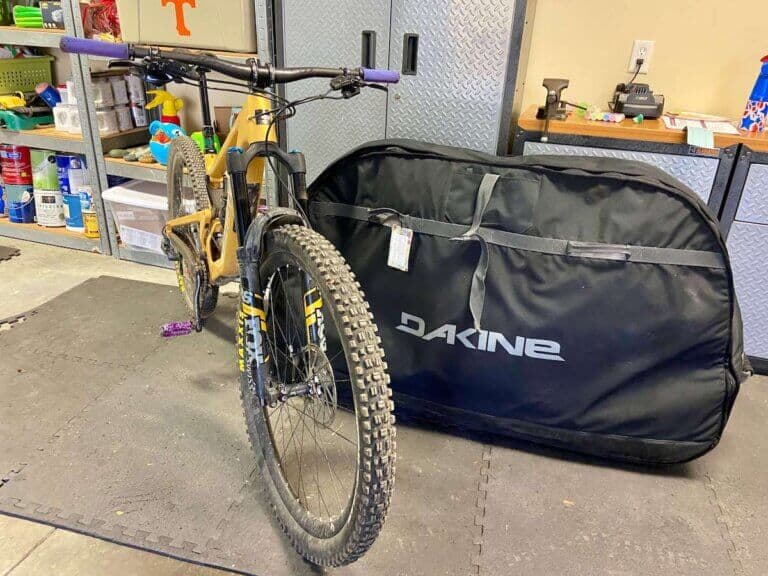
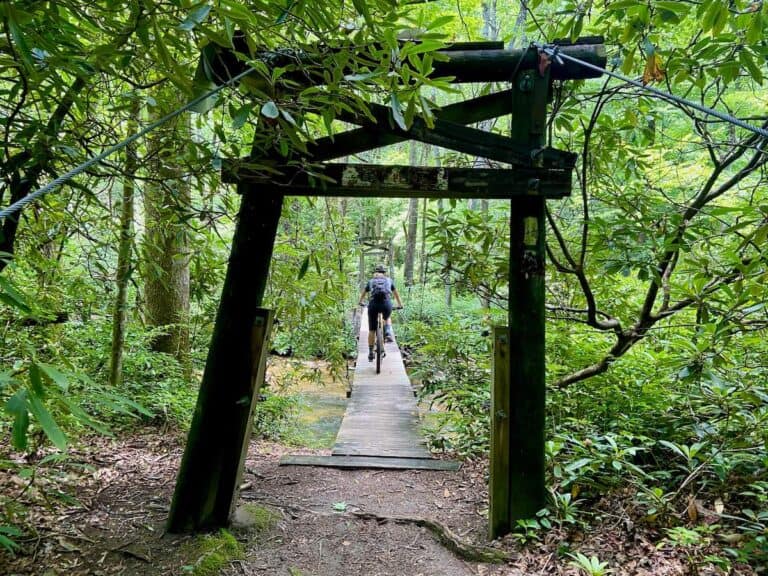
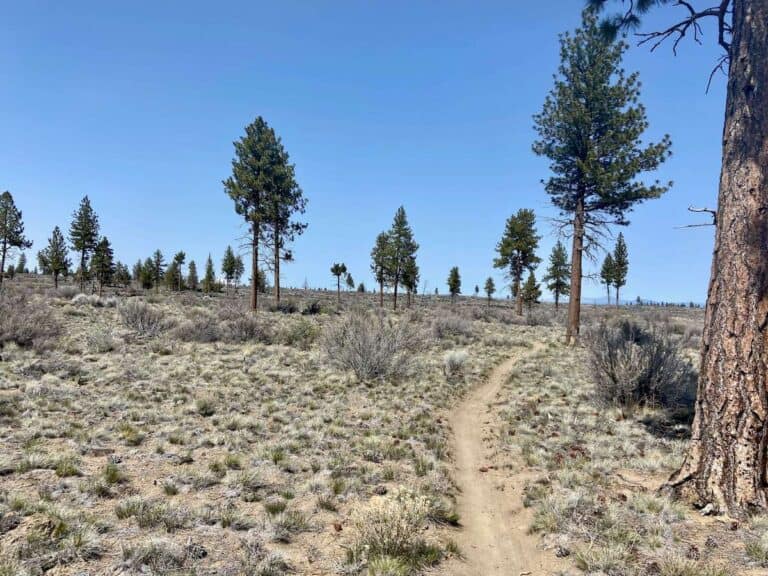
I love hearing from you and appreciate your comments! However, if you leave a rude, unconstructive, or spammy comment, it will be deleted. It’s cool to be kind. Have an awesome day!